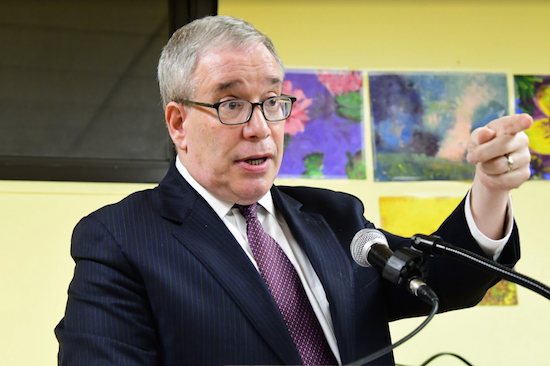More people moving back to NYC than leaving, finally
Since July 2021, the city has gained an estimated 6,332 permanent movers, indicating a gradual return to New York City

On Monday, New York City Comptroller Scott Stringer released an analysis of the pandemic’s impact on monthly migration patterns into and out of the city — showing that finally, after months of net loss, the number of people moving to the city is more than those moving away.
Using data published by the United States Postal Service (USPS) from change-of-address forms, the analysis confirms that New York City’s net residential out-migration tripled from 2019 to 2020.
The data show that the city’s wealthiest neighborhoods experienced the most population loss; residents in the wealthiest 10 percent of city neighborhoods, as measured by median income, were 4.6 times more likely to move than other residents during 2020. In Brooklyn, according to the report, Community Districts 2 and 6, stretching from DUMBO to the waterfront to Park Slope, showed the greatest out-migration.
In more recent months, however, the reopening of office buildings, the return of in-person school, and the rebirth of arts and entertainment have helped to attract movers to the city.

Brooklyn Boro
View MoreNew York City’s most populous borough, Brooklyn, is home to nearly 2.6 million residents. If Brooklyn were an independent city it would be the fourth largest city in the United States. While Brooklyn has become the epitome of ‘cool and hip’ in recent years, for those that were born here, raised families here and improved communities over the years, Brooklyn has never been ‘uncool’.